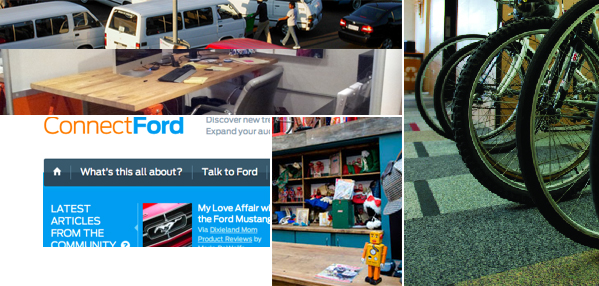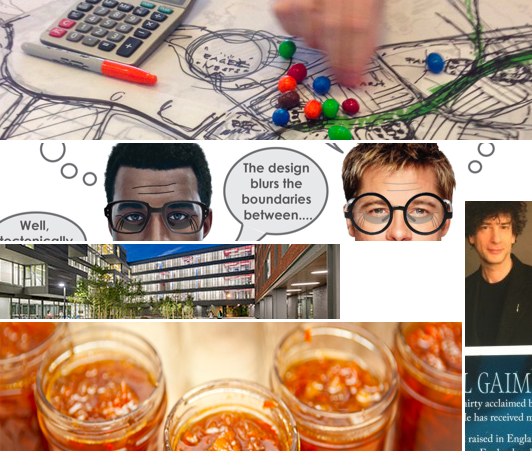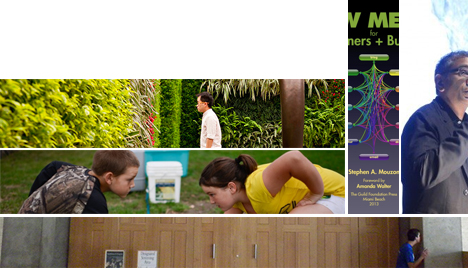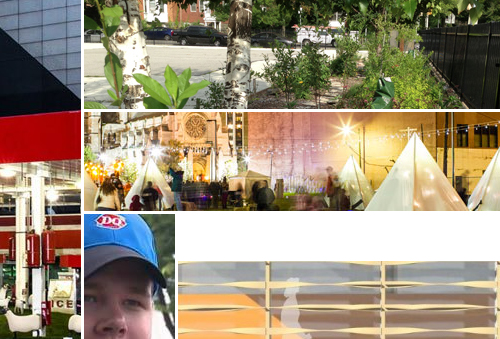Making places by MIT. Self-help urbanism. HOK (with Biomimicry 3.8) on generous cities. Parks and the shape of cities. Social media comfort for a dying man.
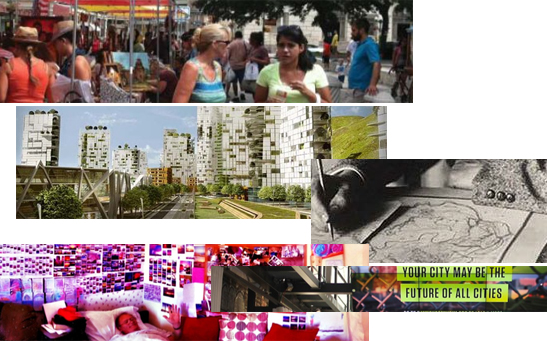
Importance of placemaking. The Department of Urban Studies and Planning at the Massachusetts Institute of Technology (MIT), has released a white paper Places in the Making, which casts aside the idea of the monolithic expert, and argues for the importance of placemaking as a vital part of community-building.
The white paper highlights the importance of people in defining place, a critical aspect that is all too often forgotten by those in architecture, planning, and other related disciplines. “The intense focus on place has caused us to miss the opportunity to discuss community, process, and the act of making,” the paper says.
Via Project for Public Spaces Blog
Self-help urbanism. Alissa Walker of Gizmodo discusses findings of the Participatory City: 100 Urban Trends from the BMW Guggenheim Lab, which explores the major themes and ideas that emerged from the Lab during its travels to New York, Berlin, and Mumbai from 2011 to 2013.
“Due to the influx of people moving back from the suburbs, or perhaps because of the urban dwellers who are choosing to stay put, all of a sudden we seem to feel like we need more direction when it comes to how to live in these cities. We're looking for assistance—from advice (apps) to group therapy (conferences)—to deal with the perils of contemporary urban life.” – Alissa Walker
Via Gizmodo
Generous cities. As our collective desire to live in cities increases, developers in India and China have embarked on ambitious projects aimed at promoting interactivity between people and the environment by creating “generous cities, ” which is when a natural setting guides designers as they integrate environmental, social and economic systems.
HOK's Fully Integrated Thinking (FIT) tool, which was created with Biomimicry 3.8, enables designers to inform their decision-making by crunching data from 15 categories to determine a city’s characteristics.
Shaping American cities. The Frederick Law Olmsted, Jr.: Inspirations for the 21st Century symposium held in Washington, D.C., looks at Olmsted Jr.’s continuing contribution to contemporary park systems and interconnected parkways as the landscape architect helped to systematize a new approach to municipal park and recreation planning.
Louisville, Kentucky, and Birmingham, Alabama, have ambitiously expanded upon their Frederick Law Olmsted Jr.-designed park systems in ways that both reinforce this designer’s legacy and provide lessons for other communities. Olmsted Jr. provided a finer grain of public amenity by way of community and neighborhood parks, recreation grounds, and squares.
Via The Dirt
Innovative Social Media
Strangers comfort dying man. After learning his father had terminal lung cancer, Brandon Curtis launched #SkyBluePink, a personal campaign that provides Brian Curtis with cards, tweets and photos during his illness. More than 3,500 strangers have helped to comfort Brian. The success of #SkyBluePink is a reminder that people still care, and that social platforms have the potential to bring the world together, one retweet, like, comment, and share at a time.
Via Mashable

